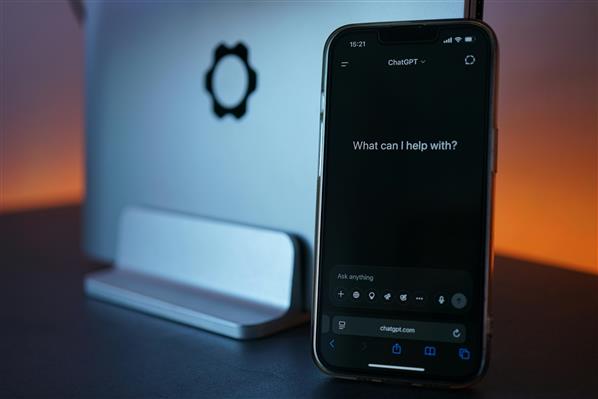
The sports world has always been a fertile ground for technological advancement—from slow-motion replay to biometric wearables. In recent years, artificial intelligence has stepped onto the field not just as a tool for analyzing plays but as a potential partner, and sometimes rival, to human coaches. As algorithms grow more advanced, the line between assistance and replacement becomes less clear.
The conversation around AI in sports coaching is no longer theoretical. Today, AI is being used in professional leagues, amateur athletics, and even individual training regimens. The core question isn’t whether AI has a place in coaching—it already does—but whether it complements or challenges the human role that has guided athletes for generations.
What AI Brings to the Locker Room
AI systems have demonstrated remarkable ability in processing vast amounts of performance data. Cameras and sensors track player movements down to milliseconds. Machine learning models analyze biomechanical patterns, predict injury risks, and assess opponents’ weaknesses. These insights, once the domain of veteran coaches with years of experience, are now being generated in real time by computers.
For example, AI-driven video analysis tools can break down a tennis player’s footwork or a football quarterback’s throwing mechanics, pinpointing inefficiencies that may go unnoticed by the naked eye. In endurance sports, AI models analyze training loads, sleep patterns, and nutritional intake to suggest optimal recovery protocols.
This isn’t just about better statistics—it’s about giving athletes tools that adapt to their unique bodies and play styles. In this way, AI has emerged as a kind of precision assistant, offering customized feedback at a scale that human coaches can’t match alone.

Enhancing, Not Replacing—At Least for Now
Despite the power of these systems, there are aspects of coaching that remain firmly human. Motivation, psychological resilience, team dynamics, and leadership—these are areas where AI has yet to make meaningful strides. A spreadsheet may point to a tactical adjustment, but it won’t give a halftime speech that ignites belief in a struggling team.
Coaches build trust over time. They read body language, understand when a player needs a push versus when they need space. Emotional intelligence, nuance, and the subtleties of human connection still give human coaches an edge where it counts most: in the gray areas.
In elite settings, AI is most effective when it’s used to augment these human strengths. Rather than replacing coaches, it gives them tools to make more informed decisions. Think of AI not as a rival to the head coach but as an extremely detailed assistant analyst, one who never sleeps and forgets nothing.
The Role of AI in Youth and Amateur Sports
In youth and amateur sports, the introduction of AI raises a different set of questions. Many athletes at this level lack access to top-tier coaching, facilities, or support staff. Here, AI tools—often app-based or tied to wearable devices—can provide high-quality feedback where none existed before.
This democratization of coaching offers real benefits. A middle school soccer player can use an app to analyze their dribbling technique. A high school sprinter can track and compare their starts using motion analysis on a smartphone. These tools offer a level of individualized attention that was once limited to the elite few.
Yet even here, the human element matters. For younger athletes, confidence, fun, and mentorship are crucial. Replacing a coach with an app may save money but risks turning sport into a series of metrics, stripped of the joy and social growth that define team experiences.
Risks of Over-Reliance
One growing concern is the temptation to rely too heavily on data-driven recommendations. While AI is excellent at identifying patterns, it doesn’t always understand context. A player may underperform due to personal stress, a brewing conflict, or misalignment with team culture—factors no algorithm can fully grasp.
There’s also the question of false precision. Just because a model suggests that a training load should be reduced by 12% doesn’t mean that 12% is a magic number. Coaches still need to interpret and sometimes challenge what the data shows. Blind trust in algorithms can lead to mechanical coaching, where athletes become data points rather than individuals.
Moreover, the use of AI raises issues of privacy and data ownership. As biometric and performance data become more detailed, questions arise about who controls this information, how it’s stored, and whether it could be used for decisions about contracts, playing time, or even career viability.
The Future: Human-AI Partnerships
Looking ahead, the future of sports coaching is unlikely to be fully automated. Instead, a hybrid model is emerging—one where human insight is enhanced by technical precision. Coaches who embrace AI not as a crutch but as a strategic asset will likely have the advantage.
Training programs might start with AI-generated plans, then be tweaked by human coaches to match the emotional and cultural rhythms of a team. Tactics might be suggested by an algorithm but finalized through collaborative discussion. In this world, coaching becomes a blend of art and science—data-driven but human-led.
As athletes themselves grow up with technology, they may expect this partnership. Just as players now routinely review game tape or track heart rate on smartwatches, future generations may see AI as a standard part of athletic development, not a novelty.

Conclusion
Artificial intelligence is already reshaping the contours of sports coaching, offering levels of precision and analysis that were unthinkable a decade ago. But while its contributions are significant, they are not sufficient to replace the complex, intuitive, and relational role of human coaches.
Instead, the future lies in collaboration. Coaches who understand how to balance gut instinct with data, who value psychology as much as statistics, and who can lead both players and machines—these will be the architects of the next era in sport.
In the end, it’s not about man versus machine. It’s about how each can make the other better.



